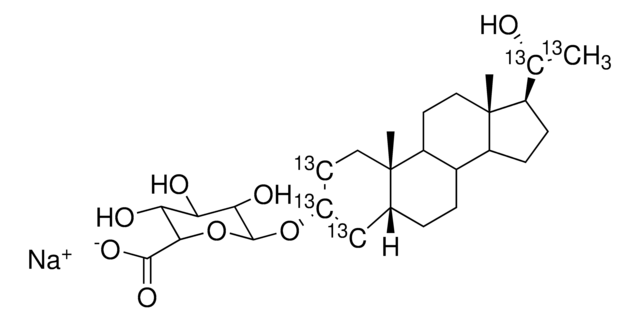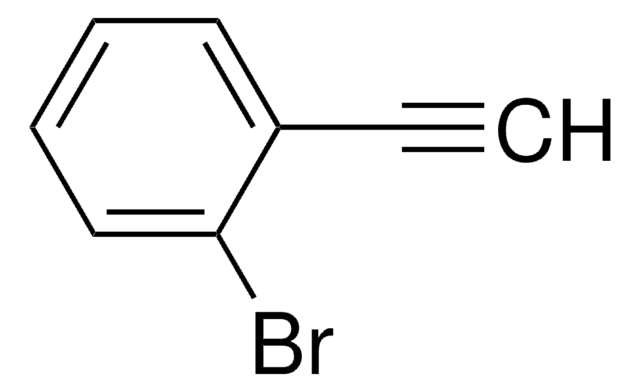909157
Alkyne functionalized gelatin
degree of substitution > 80%
Synonym(s):
Alkyne-functionalized gelatin, Clickable gelatin
Sign Into View Organizational & Contract Pricing
All Photos(1)
About This Item
UNSPSC Code:
43211915
NACRES:
NA.23
Recommended Products
description
Degree of substitution: >80% by TNBS method
NMR: Conforms to structure
form
powder
color
white to pale yellow
storage temp.
2-8°C
General description
Due to its biodegradablity and biocompatibility, gelatin is routinely used in hydrogels for biomedical applications such as drug delivery, tissue engineering, and 3D bioprinting. Gelatin-based hydrogels are synthesized by the crosslinking of functionalized gelatins. Depending on the identity of the functional groups, several different processes can be used to synthesize crosslinked gelatin hydrogels, including radical-based (either thermal or photochemical) and click chemistry methods. Alkyne-functionalized gelatin can be used in the synthesis of hydrogel using click chemistry with either azide or thiol substrates.
Storage Class
11 - Combustible Solids
wgk_germany
WGK 3
flash_point_f
Not applicable
flash_point_c
Not applicable
Certificates of Analysis (COA)
Search for Certificates of Analysis (COA) by entering the products Lot/Batch Number. Lot and Batch Numbers can be found on a product’s label following the words ‘Lot’ or ‘Batch’.
Already Own This Product?
Find documentation for the products that you have recently purchased in the Document Library.
Thiol-yne ′click′/coupling chemistry and recent applications in polymer and materials synthesis and modification.
Lowe AB, et al.
Polymer, 55, 5517-5549 (2014)
Synthesis, properties, and biomedical applications of gelatin methacryloyl (GelMA) hydrogels.
Yue K, et al.
Biomaterials, 73, 254-271 (2015)
Masato Tamura et al.
Scientific reports, 5, 15060-15060 (2015-10-10)
This paper describes the generation of "click-crosslinkable" and "photodegaradable" gelatin hydrogels from the reaction between dibenzocycloctyl-terminated photoclevable tetra-arm polyethylene glycol and azide-modified gelatin. The hydrogels were formed in 30 min through the click-crosslinking reaction. The micropatterned features in the hydrogels were
Sandeep T Koshy et al.
Advanced healthcare materials, 5(5), 541-547 (2016-01-26)
Injectable gelatin hydrogels formed with bioorthogonal click chemistry (ClickGel) are cell-responsive ECM mimics for in vitro and in vivo biomaterials applications. Gelatin polymers with pendant norbornene (GelN) or tetrazine (GelT) groups can quickly and spontaneously crosslink upon mixing, allowing for
Gelatin hydrogels via thiol-ene chemistry.
Russo L, et al.
Monatshefte fur Chemie / Chemical Monthly, 147, 587-592 (2016)
Our team of scientists has experience in all areas of research including Life Science, Material Science, Chemical Synthesis, Chromatography, Analytical and many others.
Contact Technical Service








